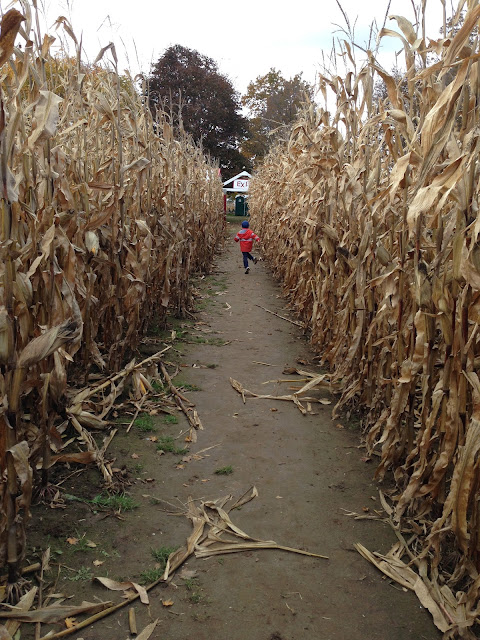I had stopped buying from antique stores and junk markets; that is, until this beauty stopped me in my tracks. Rarely have I seen such a fine example of sculpted porcelain flowers, and I've poked around the ceramic museums of Stoke on Trent, Meissen and Sevres. And so, with the help of a kind and careful driver I rescued this oversized decantor (?) from it's precarious perch amid lesser objects somewhere on Highway 10.
Although the mark looks a bit like the Meissen crossed swords it is actually a Crown Derby mark from the mid 1800's. One of England's oldest porcelain manufacturers (around 1750) Crown Derby has gone through many ups and downs. Most recently, after being amalgamated with Royal Doulton in the 1960's, the firm decided to revert to their own name in 2000, continuing production in England and employing over 300 people.
Major upheaval at the company was happening when this piece was made. After a quick succession of different owners, the Crown Derby factory was closed in 1844. An enterprising group of former employees got together, pooled their resources and bought the molds, patterns and some equipment, setting up their own small factory on King street in the town of Derby. This inspired group carried on the tradition of high quality porcelain dinnerware, figurines and objects until one of the members, Sampson Hancock, took the helm and steered Crown Derby towards Queen Victoria's "Royal" mark of approval, giving the brand todays name of Royal Crown Derby.
Here is a more colourful example found in the V&A collection:
http://collections.vam.ac.uk/item/O334837/bottle-and-stopper-derby-porcelain-factory/




















































